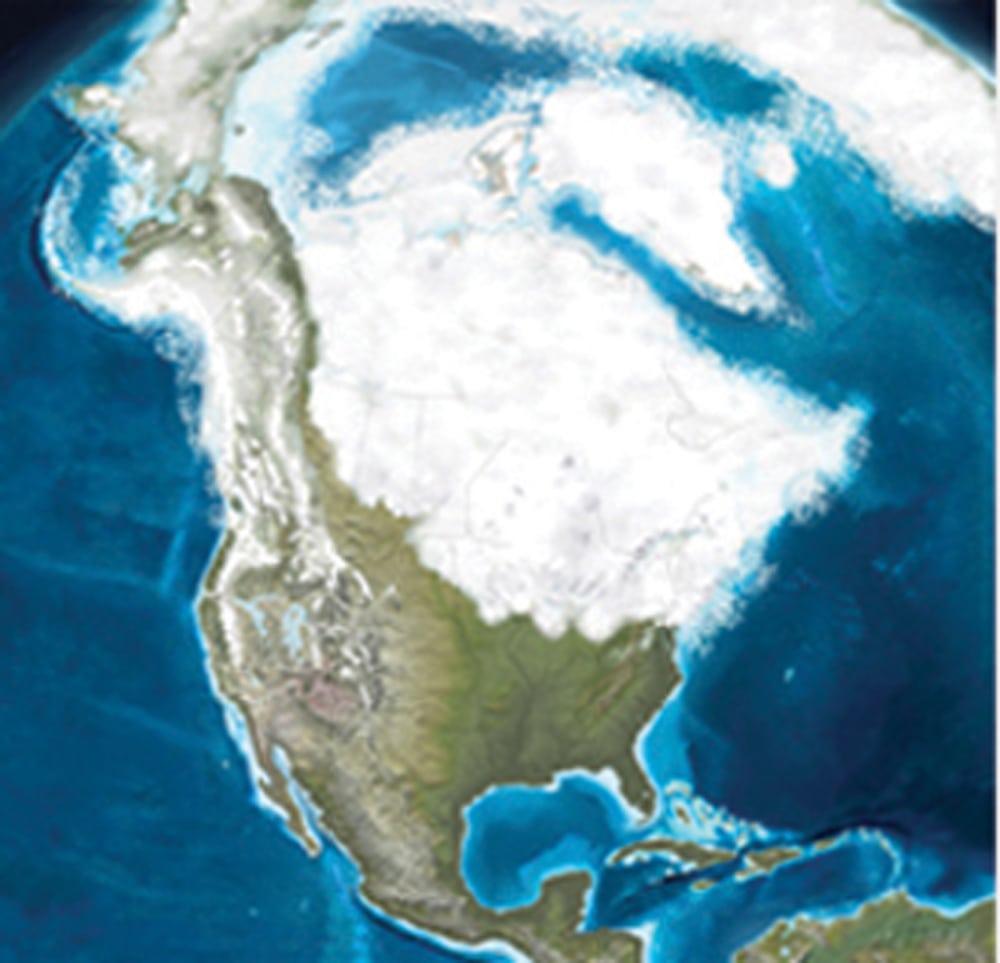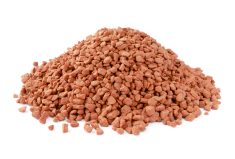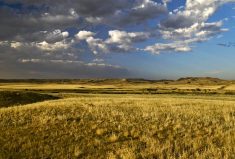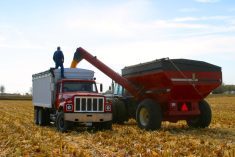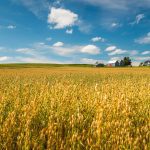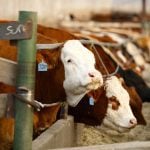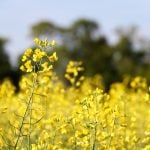Millenia ago, ancient farmers cleared land to plant wheat and maize, potatoes and squash. They flooded fields to grow rice. They began to raise livestock. And unknowingly, they may have been fundamentally altering the climate of the Earth.
A study published in the journal Scientific Reports provides new evidence that ancient farming practices led to a rise in the atmospheric emission of the heat-trapping gases carbon dioxide and methane.
It also shows that without this human influence, by the start of the Industrial Revolution, the planet would have likely been headed for another ice age.
Read Also

Man shot in hunting incident
Three teens face charges after a 66-year-old man was shot in the arm outside of his home in the RM of Victoria
“Had it not been for early agriculture, Earth’s climate would be significantly cooler today,” says lead author, Stephen Vavrus, a senior scientist in the University of Wisconsin-Madison Center for Climatic Research. “The ancient roots of farming produced enough carbon dioxide and methane to influence the environment.”
For most of Earth’s 4.5-billion-year history, its climate has largely been determined by natural phenomenon including period changes in the shape of Earth’s orbit and the way the planet wobbles and tilts on its axis.
All other interglacial periods scientists have studied begin with higher levels of carbon dioxide and methane, which gradually decline over thousands of years, leading to cooler conditions on Earth. Ultimately, conditions cool to a point where glaciation begins.
Most recently, methane concentrations started decreasing about 10,000 years ago, and then reverse direction about 5,000 years ago. Carbon dioxide began to decrease around 10,000 years ago, then reversed about 5,000 years ago.

